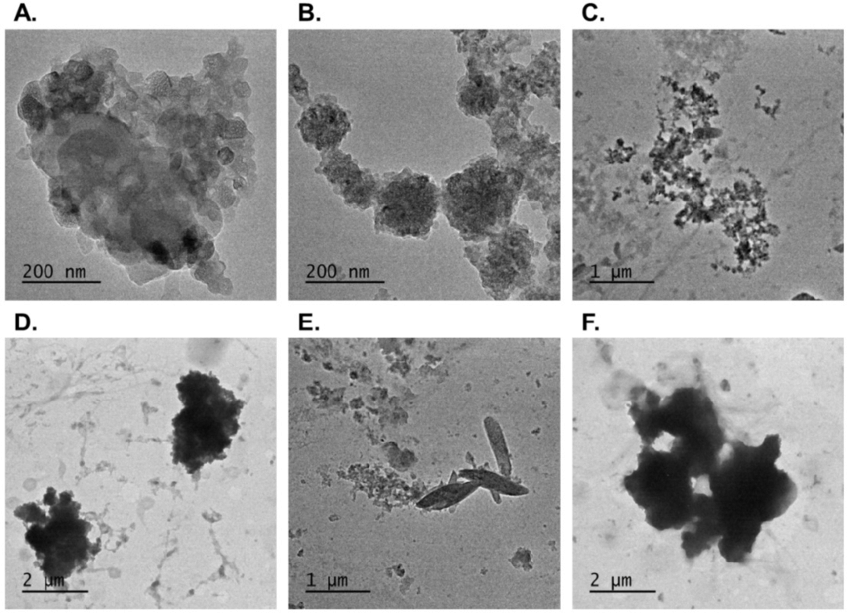
The air you breathe in Hanoi might look clear, but it’s hiding a dangerous secret that could be harming your health. Invisible pollutants like PM2.5 – tiny particles smaller than a human hair – fill the air, especially during peak traffic hours and in industrial areas. These particles can penetrate deep into your lungs, leading to respiratory problems, cardiovascular disease, and even cancer.
What is PM2.5 and Why is it Dangerous?
PM2.5 stands for particulate matter 2.5 micrometers or smaller. These particles are so small that they can easily bypass your body’s natural defenses and enter your bloodstream. Once inside, they can trigger inflammation, damage cells, and contribute to a range of health issues.
In Hanoi, PM2.5 levels often exceed the World Health Organization’s (WHO) recommended safe limits, especially during the dry season when the air is stagnant. This means that simply breathing the air can put you at risk.

The Health Effects of Hanoi’s Air Pollution
Hanoi’s air pollution has been linked to a variety of health problems, including:
- Respiratory Issues: Coughing, wheezing, asthma, bronchitis, and even lung cancer.
- Cardiovascular Disease: Heart attacks, strokes, and high blood pressure.
- Developmental Problems: Children exposed to high levels of air pollution may experience impaired lung development and cognitive problems.
- Other Health Risks: Air pollution has also been linked to diabetes, neurological disorders, and premature birth.

Protecting Yourself from Hanoi’s Air Pollution
While you can’t control the air quality in Hanoi, you can take steps to protect yourself and your family from the harmful effects of pollution. The most effective way is to wear a high-quality pollution mask that filters out PM2.5 and other harmful particles.
Not all masks are created equal, so it’s important to choose one that is specifically designed to filter out PM2.5 and other pollutants. Look for masks that are certified to meet international standards, such as N95 or FFP2.
But how can you be sure your mask is truly protecting you?
Learn how to test its effectiveness in our article ‘Is Your Pollution Mask Working?’
